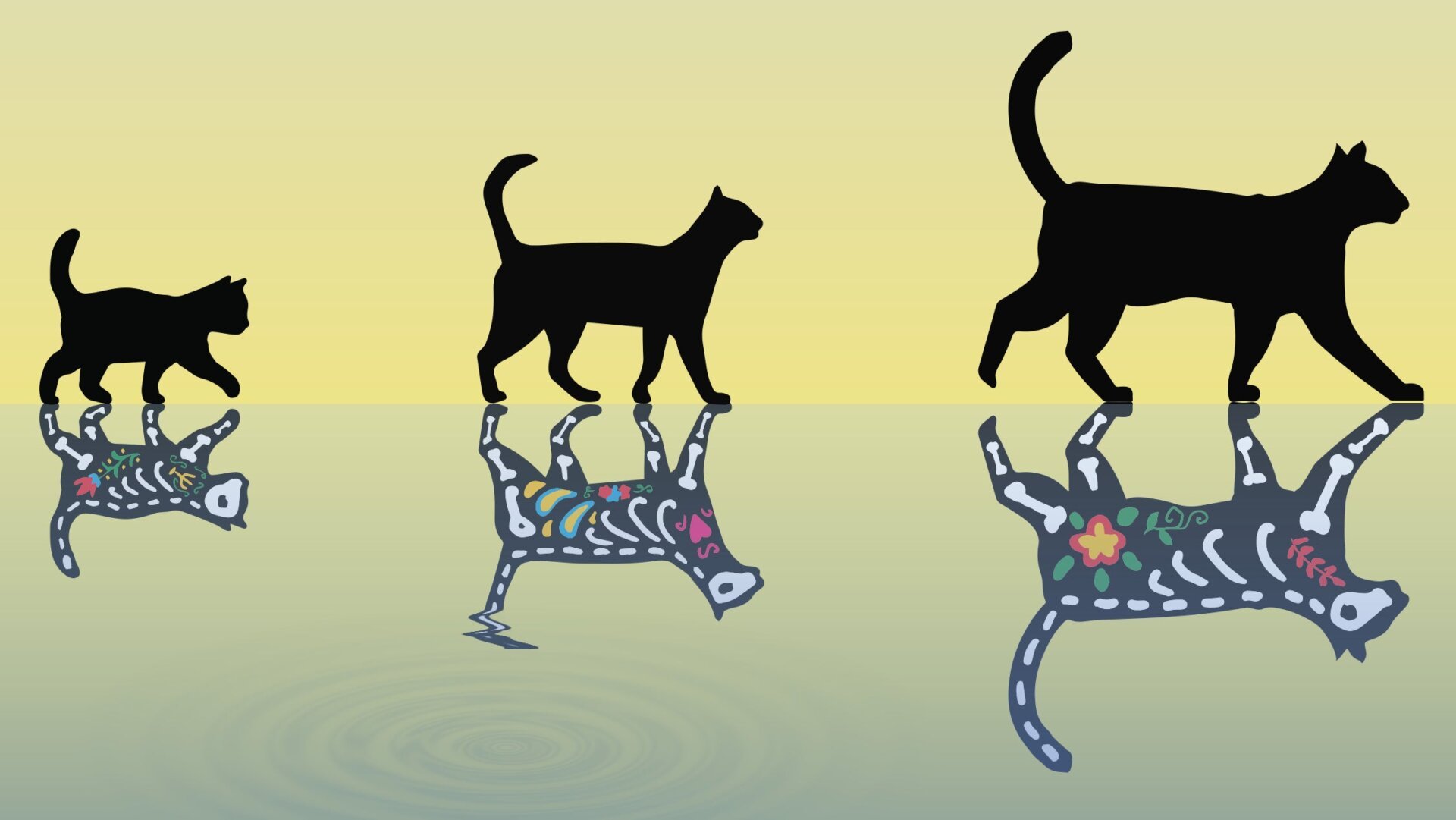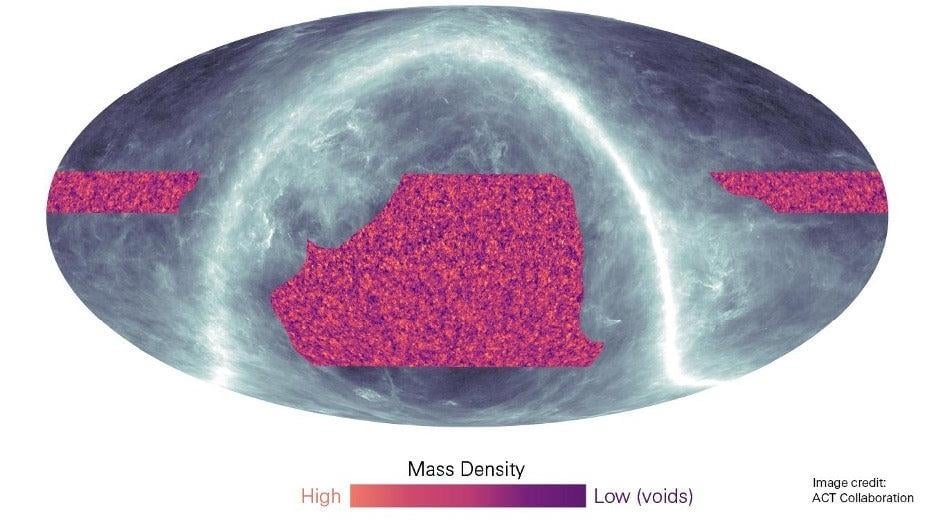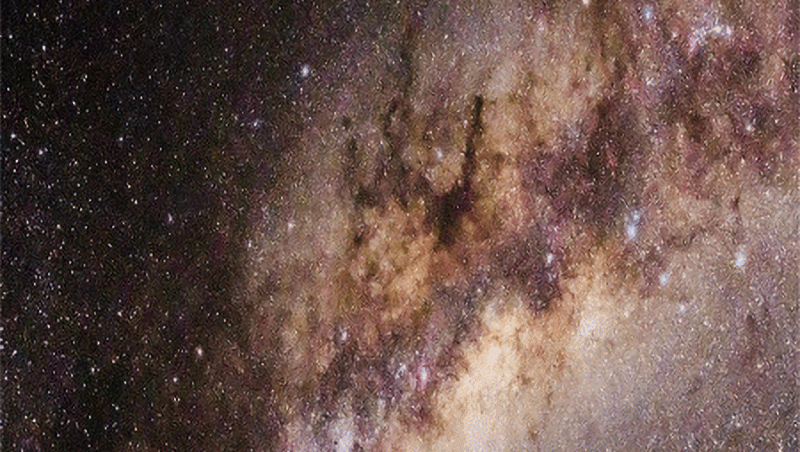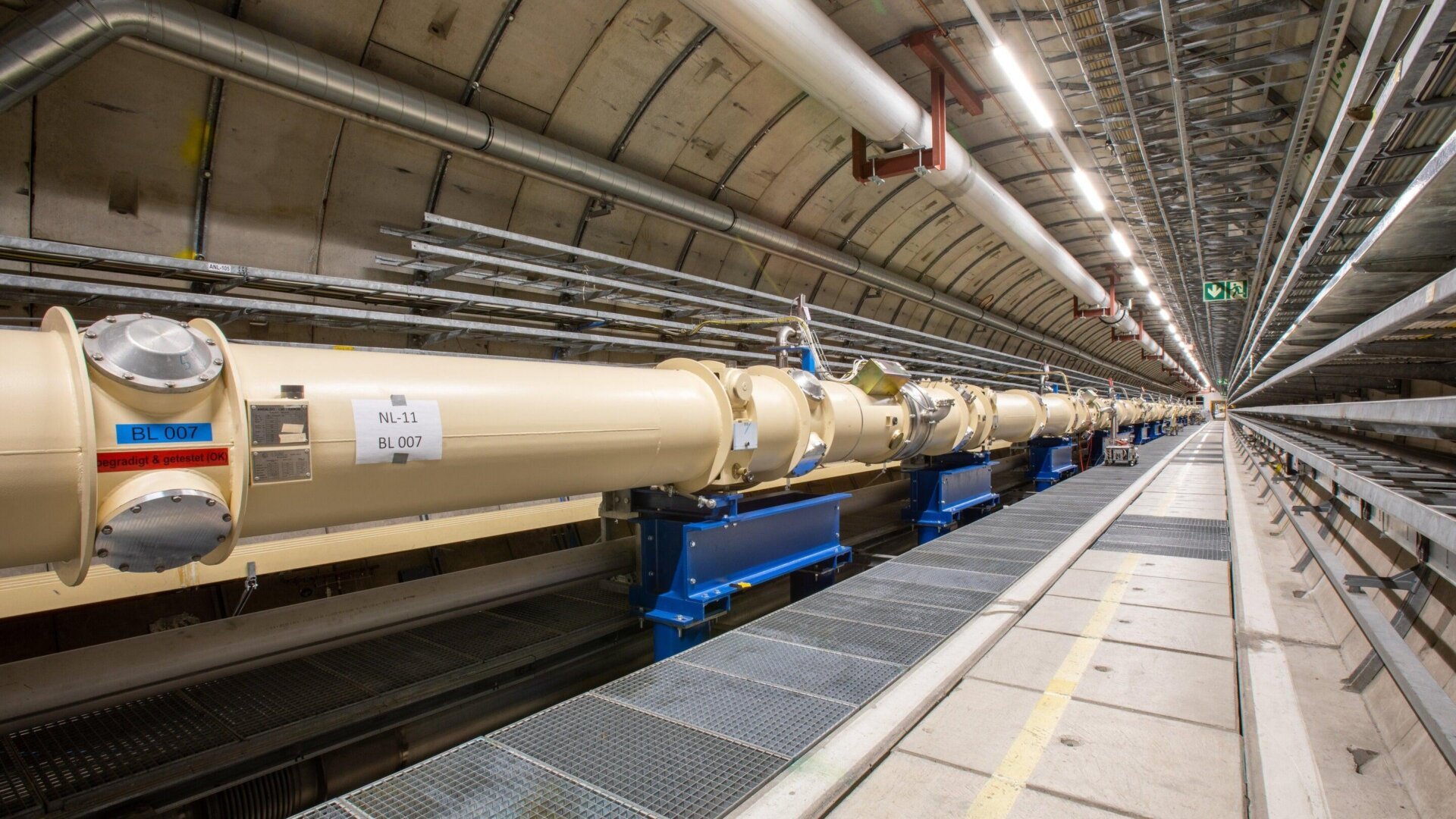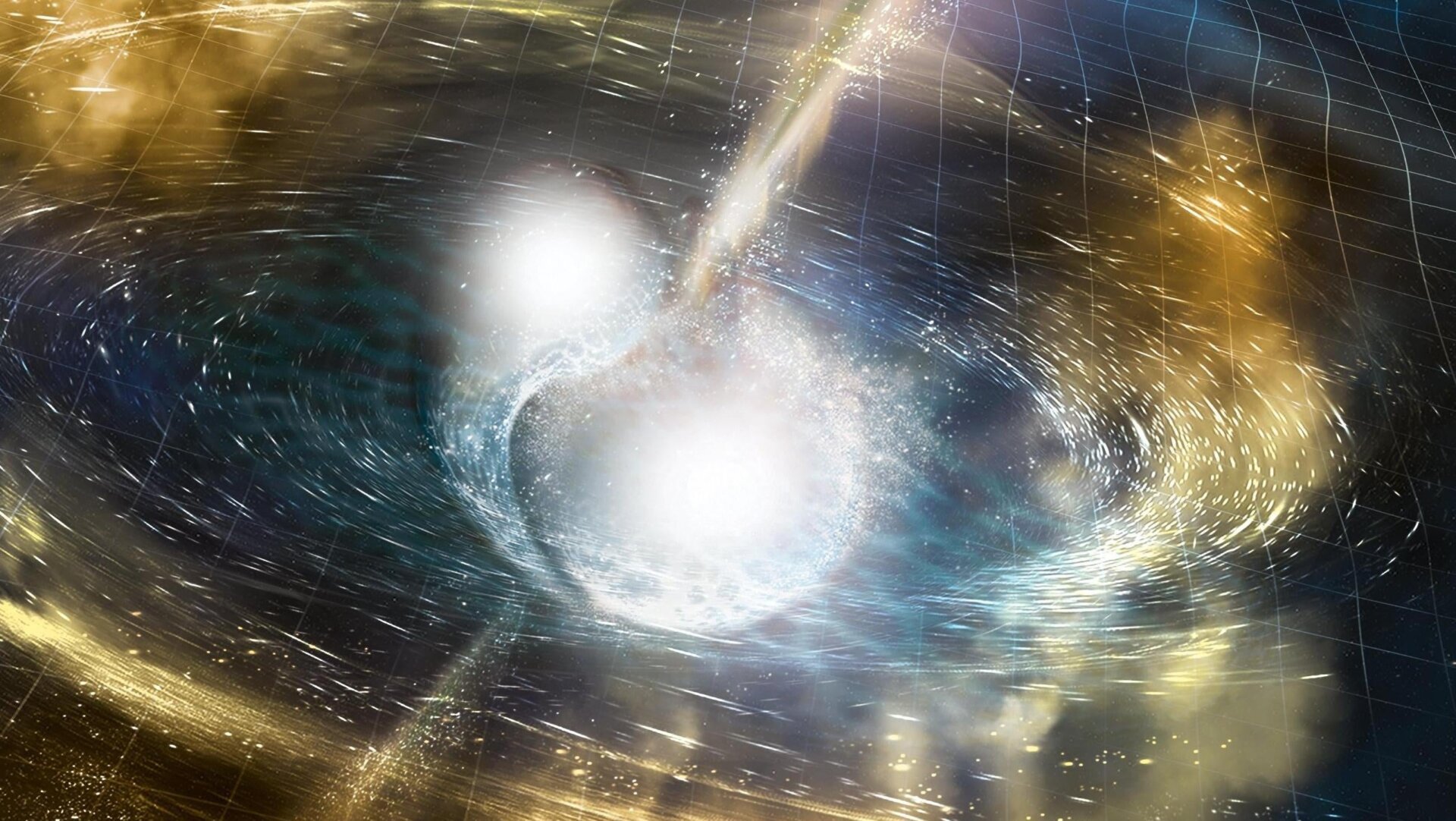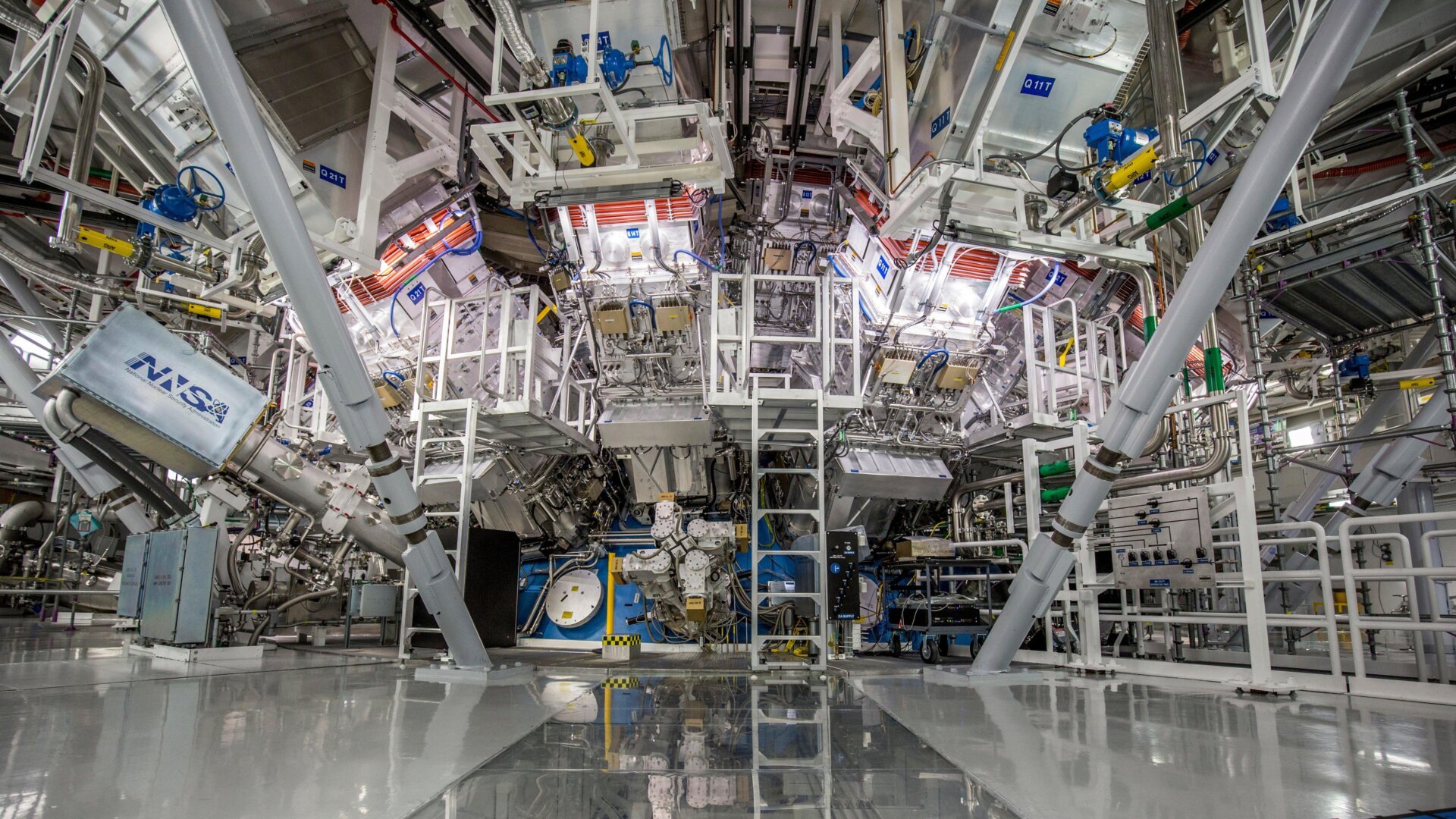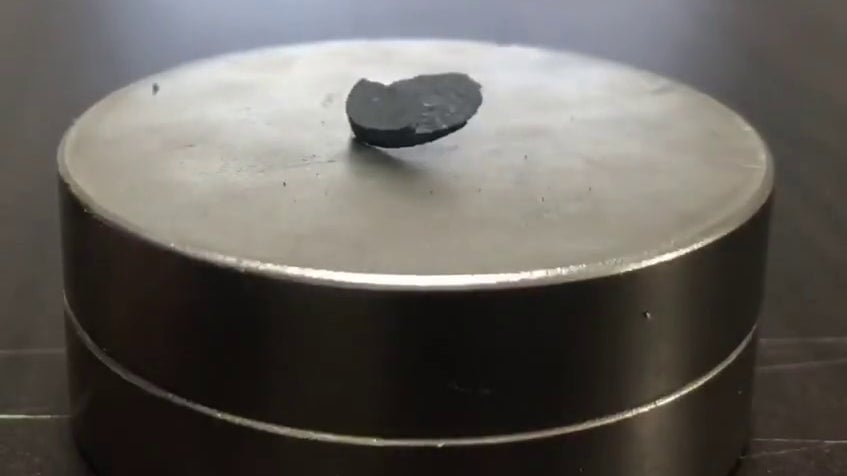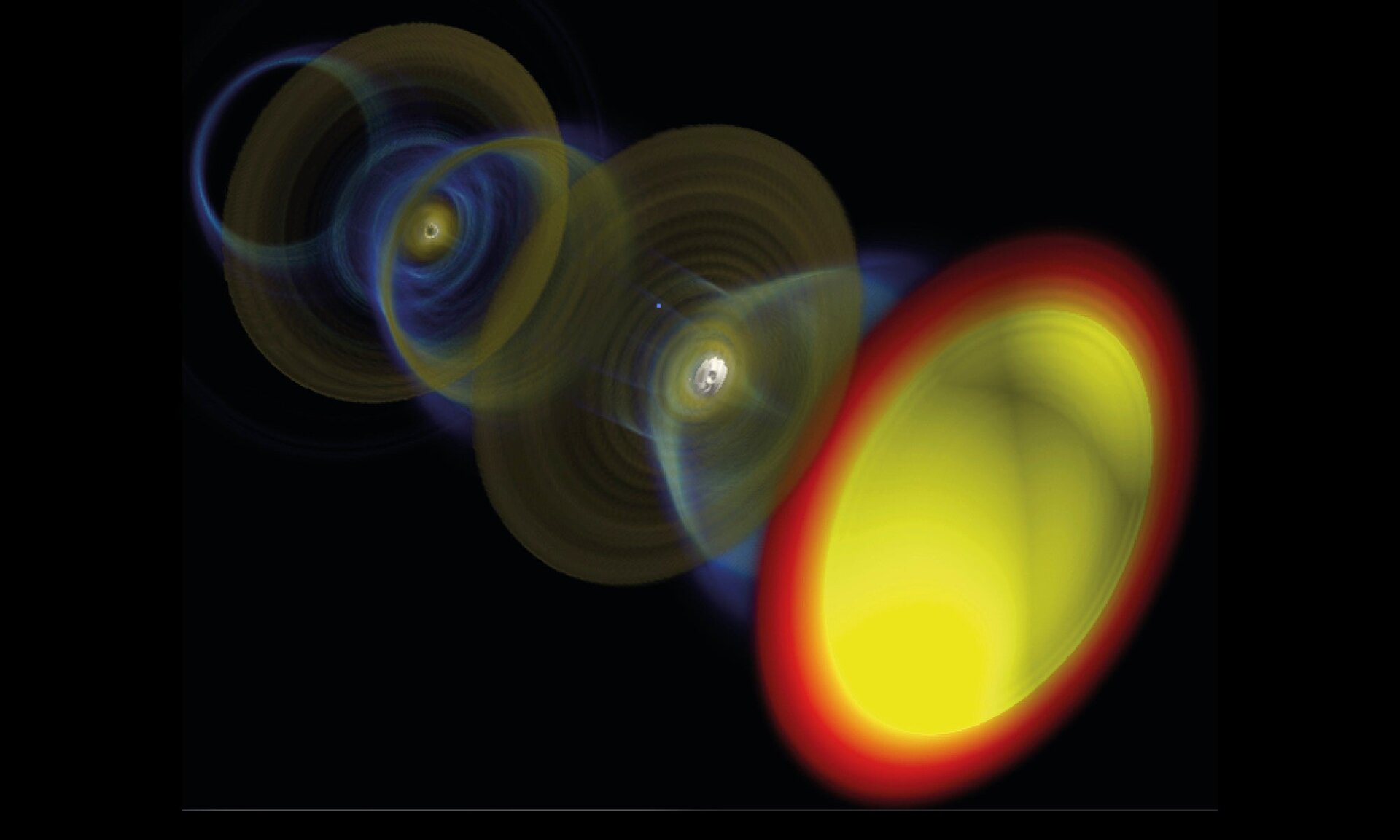Imagine a cat, both alive and dead simultaneously. This paradoxical concept lies at the heart of Erwin Schrödinger’s 1935 thought experiment, illustrating the bizarre nature of quantum states. Now, researchers have pushed the boundaries of this idea by creating a significantly more massive “Schrödinger’s cat,” exploring the fuzzy line between quantum mechanics and classical physics.
Schrödinger’s original thought experiment involved a cat sealed in a box with a radioactive atom and a vial of poison. If the atom decays, the poison is released, killing the cat. Since the atom’s decay is probabilistic, the cat exists in a superposition of states – both alive and dead – until the box is opened and observed. This mirrors the behavior of qubits in quantum computing, which, unlike classical bits, can hold a value of both 0 and 1 simultaneously.
Recently, scientists have created a macroscopic analog of Schrödinger’s cat, far larger than previously achieved, and published their findings in Science. Instead of a feline, they used a tiny crystal, placed in a superposition of two oscillation states – analogous to the “alive” and “dead” states of the cat. A superconducting circuit, functioning as a qubit, represented the radioactive atom. By coupling the circuit to the crystal, the researchers transferred the superposition to the larger object.
 A graphic showing the crystal (left) and how it is coupled with a superconducting circuit (bottom right).Crystal-circuit coupling for creating a macroscopic Schrödinger’s cat. Graphic: Yiwen Chu / ETH Zurich
A graphic showing the crystal (left) and how it is coupled with a superconducting circuit (bottom right).Crystal-circuit coupling for creating a macroscopic Schrödinger’s cat. Graphic: Yiwen Chu / ETH Zurich
This “cat,” weighing 16 micrograms (roughly the mass of a grain of sand), is a heavyweight in the quantum realm. “By putting the two oscillation states of the crystal in a superposition, we have effectively created a Schrödinger cat weighing 16 micrograms,” explained Yiwen Chu, a physicist at ETH Zurich and the study’s lead author. This represents a significant leap, being “several billion times heavier than an atom or molecule,” making it the most massive quantum cat created to date.
This experiment differs from previous attempts to observe quantum behavior in macroscopic objects, like the controversial claim of entangling a tardigrade. Here, the focus is solely on the mass of an object in superposition, not entanglement. While not currently planned, scaling up this experiment to even larger masses could illuminate “the reason behind the disappearance of quantum effects in the macroscopic world of real cats,” according to Chu.
The precise boundary between the quantum and classical worlds remains elusive. “No one knows,” stated Matteo Fadel, a physicist at ETH Zurich and a co-author of the study. “That’s the interesting thing, and the reason why demonstrating quantum effects in systems of increasing mass is so groundbreaking.”
 Scientists working in a lab.Researchers exploring the quantum realm. Graphic: Yiwen Chu / ETH Zurich
Scientists working in a lab.Researchers exploring the quantum realm. Graphic: Yiwen Chu / ETH Zurich
This research provides practical implications for Schrödinger’s thought experiment. Controlling quantum materials in superposition could be valuable in fields requiring high-precision measurements, such as reducing noise in gravitational wave interferometers. Fadel is currently investigating the potential role of gravity in the decoherence of quantum states, a phenomenon where quantum systems lose their superposition and behave classically, perhaps explaining the transition between the quantum and classical worlds as theorized by Roger Penrose.
The quantum realm holds immense potential for discovery, but it’s also a domain of unknowns, dead ends, and complex challenges. This latest experiment marks a significant step toward understanding the intricacies of this mysterious world and its interface with our everyday reality.



